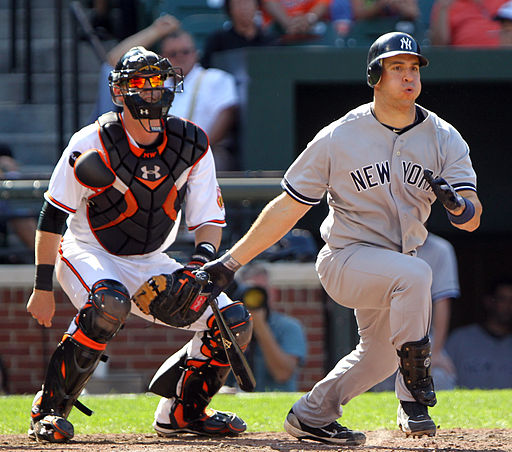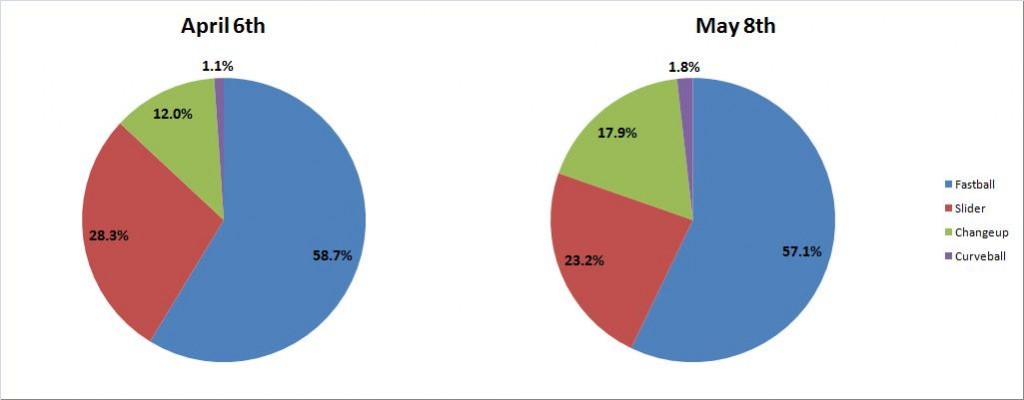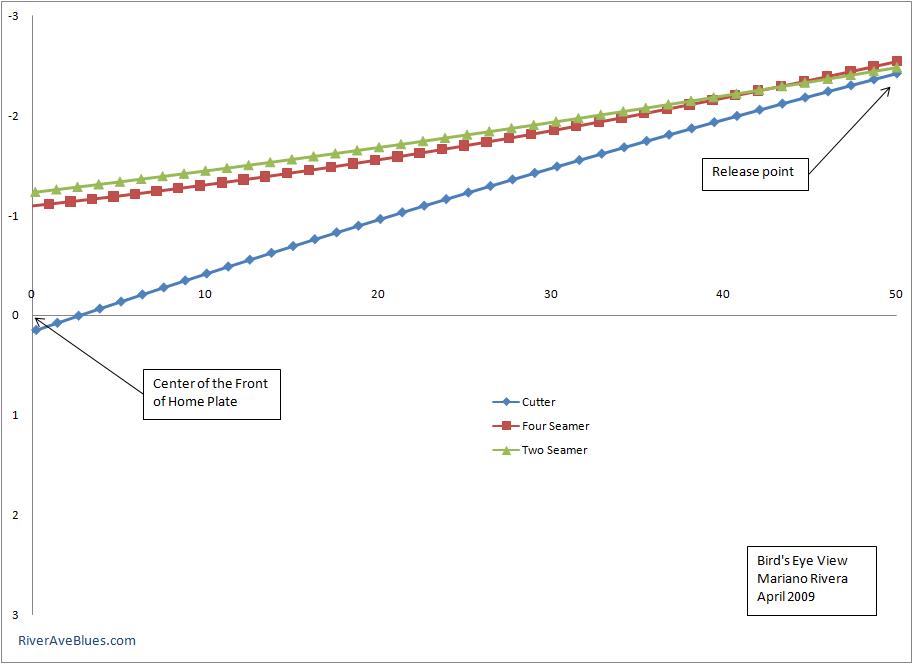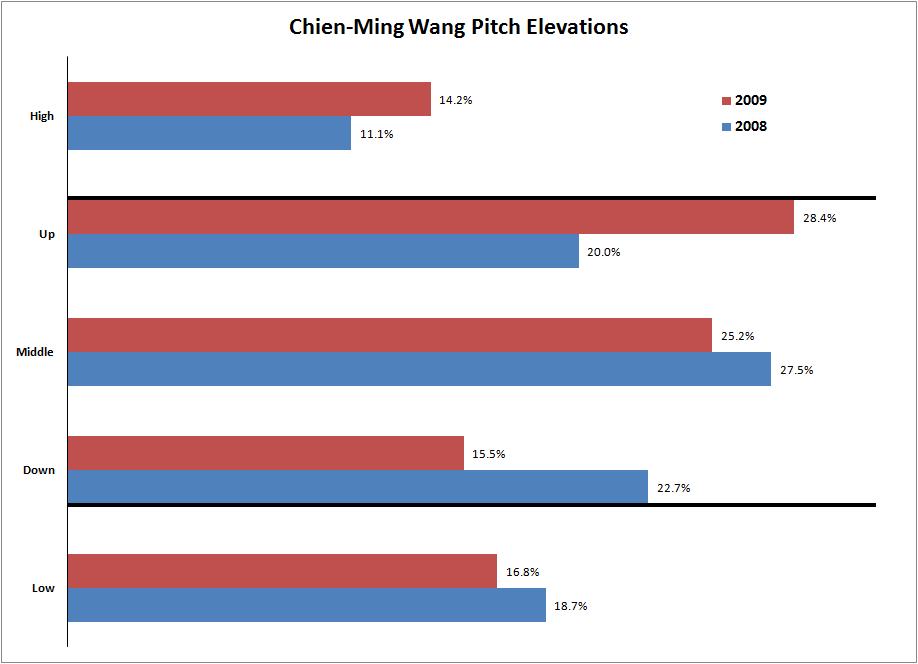Hello readers, I’d like to thank everyone for the warm reception. It is truly an honor and a privilege to write for such a passionate, dedicated group of fans, on a blog that I have been reading since its inception (not to mention reading Mike, Ben, and Joe prior to that). It’s also fantastic to be reunited with my former partners-in-crime Moshe, Larry, Matt, and (briefly) Stephen. I look forward to getting to share my thoughts on my beloved Yankees, and will likely write on a wide variety of topics. My goal while writing here is not only to produce quality content, but also to interact with the RAB commentariat, so feel free to leave comments on this or any other piece I write here. I can’t promise I will get to reply to every one (other commenters can likely answer certain questions better than I could), but I will try to get to as many as I can. Also, feel free to hit me up on Twitter (@Eric_J_S) where I talk baseball, and a variety of other topics. And away we go…




